

Python-爬虫开发01
描述
爬虫基本概念
爬虫的定义
- 网络爬虫(被称为 网页蜘蛛,网络机器人 ),就是 模拟客户端发送网络请求 ,接收请求响应,一种按照一定的规则,自动地抓取互联网信息的程序
- 一般来说,只要浏览器上能做的事情,爬虫都可以做
**爬虫的分类
**
- 通用爬虫 :通常指搜索引擎的爬虫
- 聚集爬虫 :针对特定网站或某些特定网页的爬虫
ROBOTS协议
- Robots协议: 也叫robots.txt(统一小写)是一种存放于网站根目录下的ASCII编码的文本文件,它通常告诉网络搜索引擎的漫游器(又称网络蜘蛛),此网站中的哪些内容是不应被搜索引擎的漫游器获取的,哪些是可以被漫游器获取的
- 如果将网站视为酒店里的一个房间,robots.txt就是主人在房间门口悬挂的“请勿打扰”或“欢迎打扫”的提示牌。这个文件告诉来访的搜索引擎哪些房间可以进入和参观,哪些房间因为存放贵重物品,或可能涉及住户及访客的隐私而不对搜索引擎开放。但robots.txt不是命令,也不是防火墙,如同守门人无法阻止窃贼等恶意闯入者
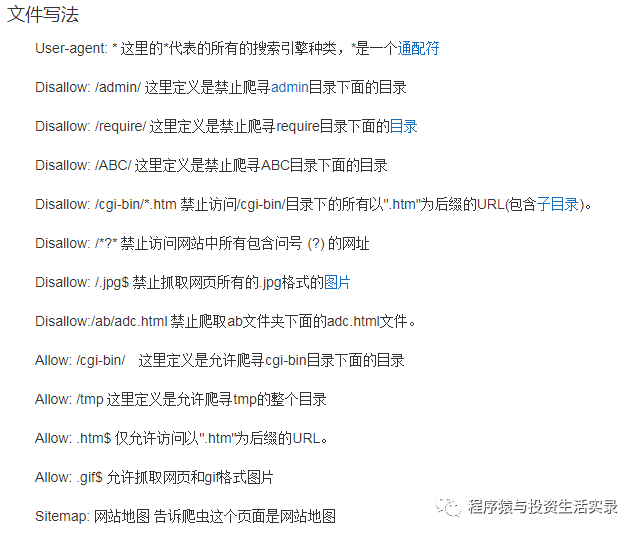
举例:
-
访问淘宝网的robots文件: https://www.taobao.com/robots.txt
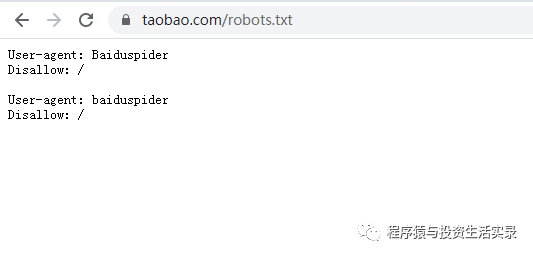 * 很显然淘宝不允许百度的机器人访问其网站下其所有的目录
* 很显然淘宝不允许百度的机器人访问其网站下其所有的目录 -
如果允许所有的链接访问应该是:Allow: /
http和https的概念
-
http
- 超文本传输协议
- 默认端口号:80
-
https
- HTTP+SSL(安全套接字层)
- 默认端口号:443
-
**HTTPS比HTTP更安全,但是性能更低
**
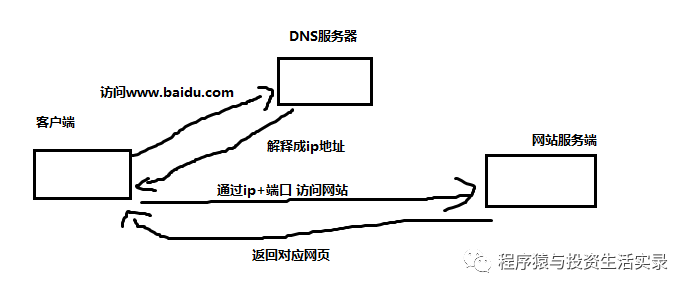
URL的形式
- sheme://host[:port#]/path/.../[?query-string][#anchor]
- scheme:协议(例如:http、https、ftp)
- host:服务器ip地址/域名
- port:服务器端口号
- path:访问资源的路径
- query-string:请求的参数
- anchor:锚(跳转到网页的指定锚点位置)
- 例:http://item.jd.com/100008959687.html#product-detail
Http常见请求头
- Host (主机和端口号)
- Connection(链接类型)
- Upgrade-insecure-Requests(升级为https请求)
- User-Agent(浏览器名称)
- Accept(传输文件类型)
- Referer(页面跳转处)
- Accept-Encoding(文件编解码格式)
- Cookie
- x-requested-with:XMLHttpRequest(是Ajax异步请求)
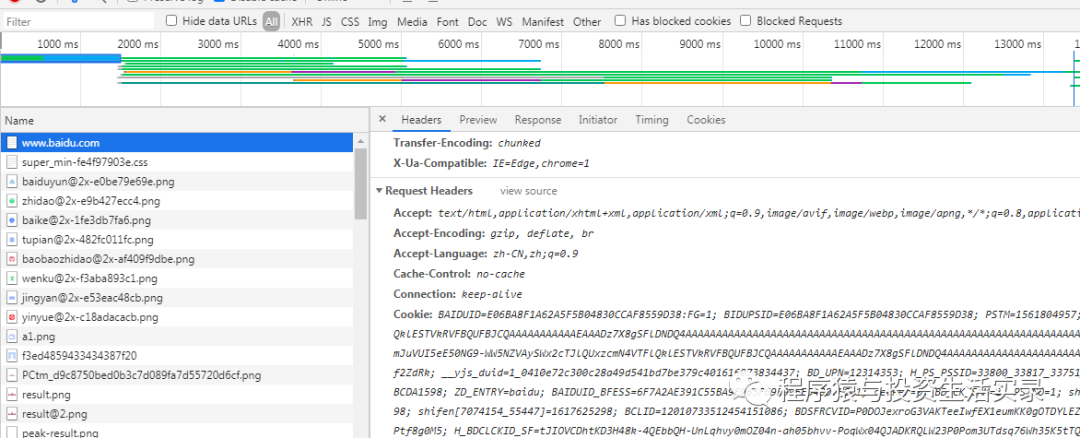
Http常见响应码
- 200:成功
- 302:临时性重定向到新的url
- 404:请求的路径找不到
- 500:服务器内部错误
rquests模块
requests的官网
- https://docs.python-requests.org/zh_CN/latest/index.html
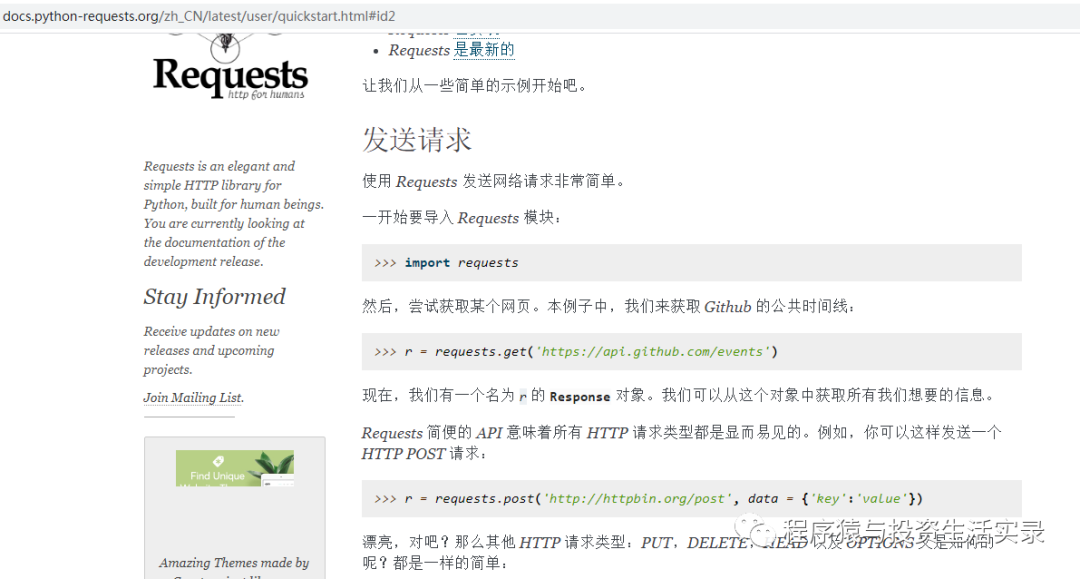
**示例:下载官网上的图片
**
import requests
url="https://docs.python-requests.org/zh_CN/latest/_static/requests-sidebar.png"
response=requests.get(url)
# 响应状态码为200,表示请求成功
if response.status_code==200:
# 生成图片
with open("aa.png","wb") as f:
f.write(response.content)
response.text 和 response.content 的区别
- response.text
- 类型:str
- 解码类型:根据http头部对响应的编码作出有根据的推测,推测的文本编码
- 修改编码的方法:response.encoding='gbk'
- response.content
- 类型:bytes
- 解码类型:没有指定
- 修改编码的方法:response.content.decode('utf-8')
**requests请求带header
**
- 主要是模拟浏览器,欺骗服务器,获取和浏览器一致的内容
- header的数据结构是 字典
示例
import requests
respons=requests.get("http://www.baidu.com")
print(respons.request.headers)
# 设置header 模拟谷歌浏览器
headers={
"User-Agent":"Mozilla/5.0 (Windows NT 6.1; Win64; x64) AppleWebKit/537.36 (KHTML, like Gecko) Chrome/86.0.4240.111 Safari/537.36"
}
respons2=requests.get("http://www.baidu.com",headers=headers)
print(respons2.request.headers)
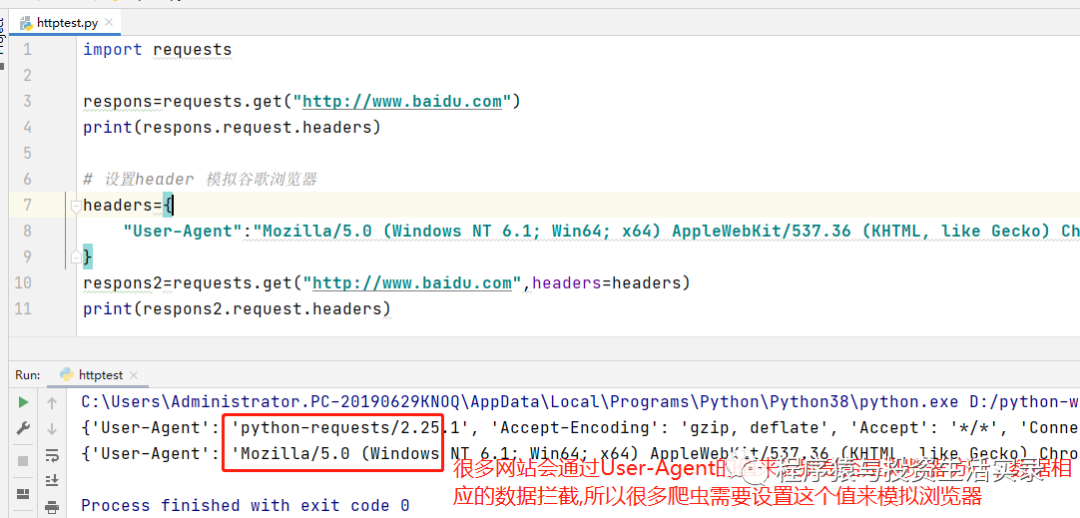
获取User-Agent的值

带参数的requests请求
import requests
url="http://www.baidu.com/s?"
# 添加参数
params={
"wd":"hello"
}
# 方式一
respons=requests.get(url,params=params)
# 方式二
respons2=requests.get("http://www.baidu.com/s?wd={}".format("hello"))
print(respons.status_code)
print(respons.request.url)
print(respons2.status_code)
print(respons2.request.url)
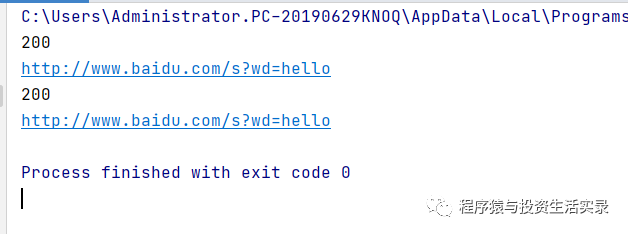
requests发送post请求
- 语法
- response=requests.post("http://www.baidu.com/",data=data,headers=headers)
- data的数据结构是 字典
- 示例
import requests
url="https://www.jisilu.cn/data/cbnew/cb_list/?___jsl=LST___t=1617719326771"
headers={
"User-Agent":"Mozilla/5.0 (Windows NT 6.1; Win64; x64) AppleWebKit/537.36 (KHTML, like Gecko) Chrome/86.0.4240.111 Safari/537.36"
}
params={
"curr_iss_amt": 20
}
respons=requests.post(url,data=params,headers=headers)
print(respons.content.decode())
requests使用代理方式
- 使用代理的原因
- 让服务器以为不是同一个客户端请求
- 防止我们的真实地址被泄露,防止被追究
- 语法
- requetst.get("http://www.baidu.com",proxies=proxies)
- proxies的数据结构 字典
- proxies={ "http":"http://12.33.34.54:8374","https":"https://12.33.34.54:8374" }
- 示例
import requests
url="http://www.baidu.com"
headers={
"User-Agent":"Mozilla/5.0 (Windows NT 6.1; Win64; x64) AppleWebKit/537.36 (KHTML, like Gecko) Chrome/86.0.4240.111 Safari/537.36"
}
proxies={
"http": "175.42.158.211:9999"
}
respons=requests.post(url,proxies=proxies)
print(respons.status_code)
**cookie和session的区别
**
- cookie数据存放在客户的浏览器上,session数据放在服务器上
- cookie不是很安全,别人可以分析存放在本地的cookie并进行cookie欺骗
- session会在一定时间内保存在服务器上。当访问增多会比较占用服务器性能
- 单个cookie保存的数据不能超过4k,很多浏览器都限制一个站点最多保存20个cookie
爬虫处理cookie和session
- 带上cookie、session的好处
- 能够请求到登录之后的页面
- 带上cookie、session的坏处
- 一套cookie和session往往和一个用户对应,请求太快,请求次数太多,容易被服务器识别为爬虫
- 如果不需要cookie的时候尽量不去使用cookie
**requests 处理cookies、session请求
**
- reqeusts 提供了一个session类,来实现客户端和服务端的会话保持
- 使用方法
- 实例化一个session对象
- 让session发送get或者post请求
- 语法
- session=requests.session()
- response=session.get(url,headers)
- 示例
import requests
headers={
"User-Agent":"Mozilla/5.0 (Windows NT 6.1; Win64; x64) AppleWebKit/537.36 (KHTML, like Gecko) Chrome/86.0.4240.111 Safari/537.36"
}
data={
"email":"用户名",
"password":"密码"
}
session=requests.session()
# session发送post请求,cookie保存在其中
session.post("http://www.renren.com/PLogin.do",data=data,headers=headers)
# 使用session请求登录后才能访问的页面
r=session.get("http://www.renren.com/976564425",headers=headers)
print(r.content.decode())
声明:本文内容及配图由入驻作者撰写或者入驻合作网站授权转载。文章观点仅代表作者本人,不代表电子发烧友网立场。文章及其配图仅供工程师学习之用,如有内容侵权或者其他违规问题,请联系本站处理。
举报投诉
-
如何解决Python爬虫中文乱码问题?Python爬虫中文乱码的解决方法2024-01-12 3587
-
利用Python编写简单网络爬虫实例2023-02-24 729
-
python网络爬虫概述2022-03-21 3257
-
Python爬虫简介与软件配置2022-01-11 1440
-
0基础入门Python爬虫实战课2021-07-25 2375
-
用Python写网络爬虫2021-06-01 872
-
Python爬虫:使用哪种协议的代理IP最佳?2020-06-28 2345
-
python爬虫框架有哪些2019-03-22 7312
-
python为什么叫爬虫 python工资高还是java的高2019-02-19 821
-
python爬虫入门教程之python爬虫视频教程分布式爬虫打造搜索引擎2018-08-28 1906
-
Python爬虫与Web开发库盘点2018-05-10 2570
-
Python数据爬虫学习内容2018-05-09 2075
-
WebSpider——多个python爬虫项目下载2018-03-26 788
-
详细用Python写网络爬虫2017-09-07 894
全部0条评论

快来发表一下你的评论吧 !

 * 很显然淘宝不允许百度的机器人访问其网站下其所有的目录
* 很显然淘宝不允许百度的机器人访问其网站下其所有的目录